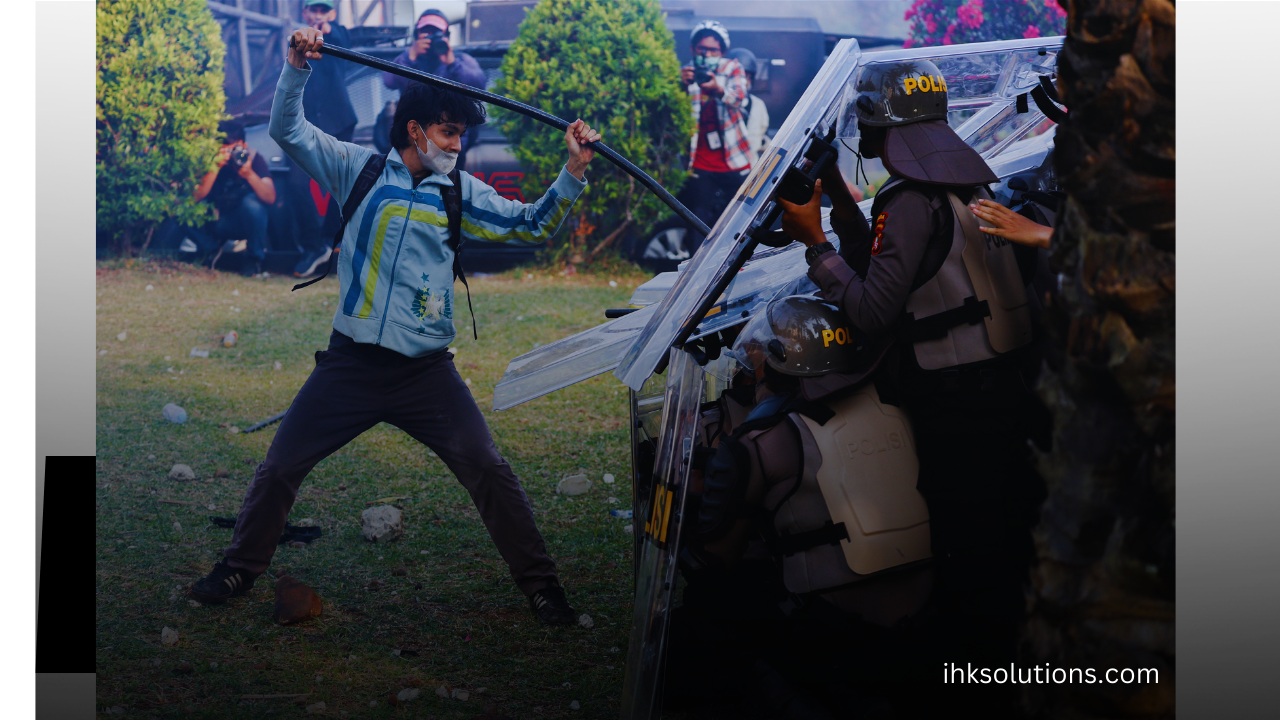McLaren’s wing trick in Formula 1 has beaten Red Bull at their own game.

McLaren’s wing trick in Formula 1 has beaten Red Bull at their own game.
McLaren’s rear wing maneuver is pure Formula 1. It couldn’t have been executed more beautifully, allowing them to run a rear wing that was particularly useful at Spa, Monza, and Baku before they were asked to modify it afterward.
Call it cheating if you want, but it isn’t. It’s crucial to emphasize that McLaren played the game right at every step and deserves praise for it. The key lies in the fundamental limits of the flexible bodywork regulations and the way the FIA enforces them. By nature, the rule requiring that all aerodynamic components and the chassis be “securely fixed” and “immobile relative to their reference frame” presents a problem.
Nothing can be completely rigid, and no static test can fully replicate the loads that the chassis endures on track. This makes it an ideal world to explore advantages—an incredibly tough one to police.
Red Bull was once a master in the dark art of aerodynamic flexibility, but this time, McLaren played the shadowy role. Remember that McLaren’s Rob Marshall explained they worked with the FIA to prove the legality of their rear wing, including giving access to their designs. This, along with passing load tests, meant that the wing was fully legal—until it wasn’t anymore. The only way to change that interpretation would be through a protest, which would be heard by FIA-appointed, but independently supervised, stewards. However, as Ferrari team boss Fred Vasseur admitted when asked about this specific issue, it would be “hard to prove.”
Regardless of whether the FIA asked McLaren to make future changes or McLaren proactively offered to do so—and it’s likely these are just different interpretations of the same discussion—it all leads to the same outcome. McLaren pushed the boundaries and benefitted in three key races from a highly effective and completely legal rear wing, which will only need “minor changes” in the future. They deserve credit for having the skill to create a setup with such qualities, a task far from simple in itself.
It’s reasonable to imagine that McLaren knew they were doing something that would attract attention and acted on the assumption that this could be the outcome. After all, there are countless examples of flexible bodywork working for a time before, one day, things change in the history of Formula 1. And if you’re the team being curtailed by such action, it also applies to other teams, preventing rivals from exploring the same area.
In essence, in Formula 1, you must test the limits of the regulations and seek every possible advantage. It’s not about being completely legal; it’s about being “not illegal.” It might sound like splitting hairs, but this is the crux of the technical battle in Formula 1.
The debate around chassis flexibility has been endless in Formula 1’s history. The only thing that changes is which team pushes the limits the most and which doesn’t, with the latter group, always shifting, being the ones that suffer. They’ll complain publicly, but secretly there’ll be frustration that they didn’t push as hard as McLaren did. It’s all about what you can design, how far you dare to go, and what advantage you get for any risk you take. This has always been the game in Formula 1, and when it comes to flexible bodywork rules, it always will be.
Rest assured, there will be more controversies in the future. But in this case, McLaren, just like Red Bull, Ferrari, Lotus, Renault, and any other successful team you care to mention in the past, acted completely in the spirit of Formula 1’s technical competition.
There will likely be another team next time, and they too will deserve applause for pushing the limits in the finest traditions of Grand Prix racing.
The only area where McLaren faltered in this was failing to maximize their returns, winning only one of the three races where they could use the original-spec rear wing.
And for those who might criticize McLaren for this, remember that in Formula 1, something can be legal today and illegal tomorrow without any change in the regulations.



